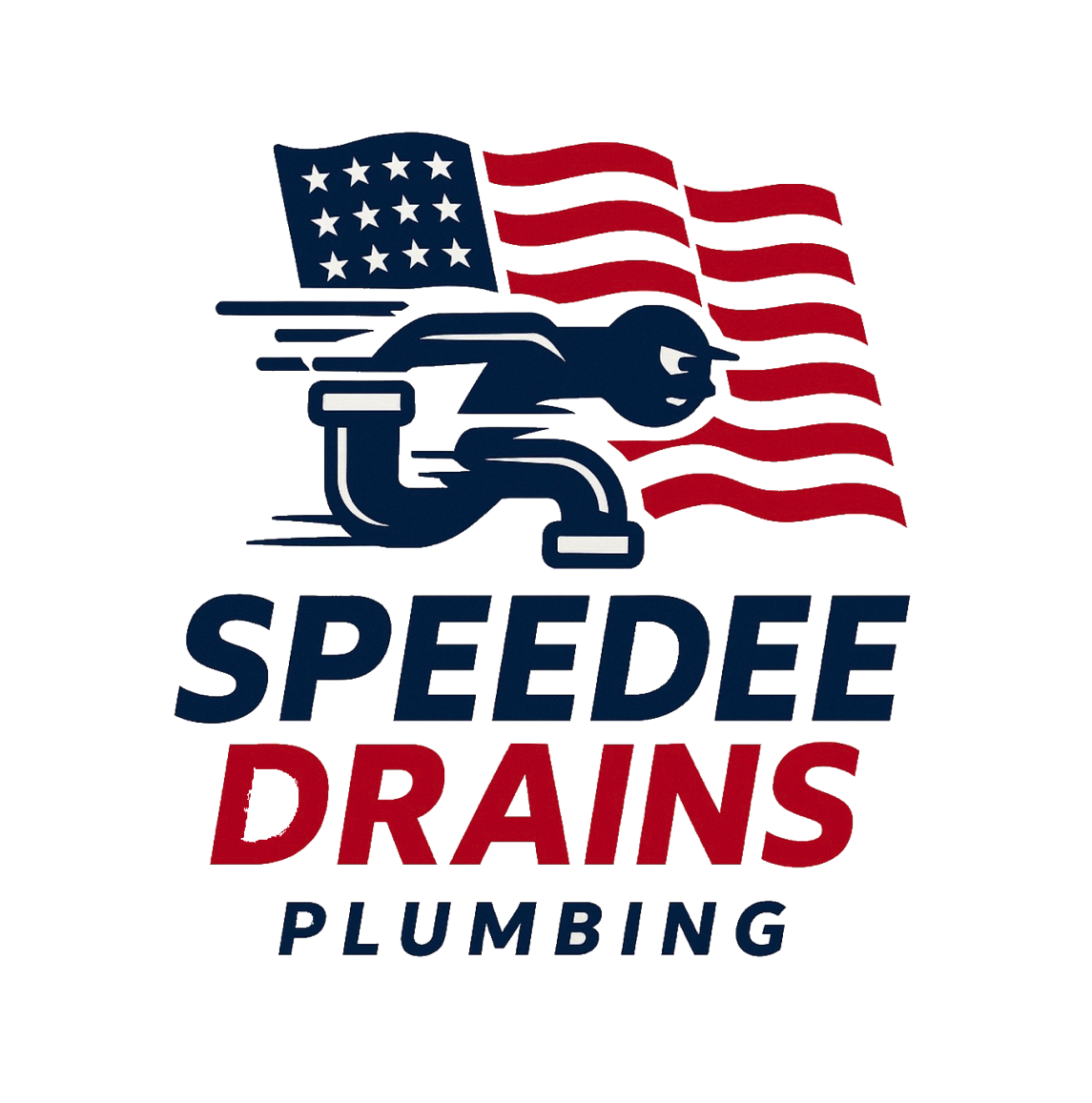Dishwasher Leaks: How to Identify, Troubleshoot, and Prevent Them
A dishwasher is one of the most convenient appliances in any kitchen. It saves time, conserves water, and makes cleanup much easier. But when your dishwasher starts leaking, it can quickly turn from a time-saver into a headache. Puddles of water on the floor, soggy cabinets, or even rising water bills are clear warning signs.
At Speedee Drains Plumbing Pros, proudly serving Orange County and Los Angeles County, we specialize in residential and commercial plumbing services, including leak detection, drain cleaning, hydro jetting, and sewer line repairs. In this guide, we’ll break down the most common causes of dishwasher leaks, step-by-step troubleshooting tips, and preventive measures every homeowner should know.
1. Why Dishwasher Leaks Shouldn’t Be Ignored
Even small leaks can cause serious problems if left untreated.
- Water waste: A leaking dishwasher can waste gallons of water every cycle.
- Property damage: Persistent leaks damage wood floors, cabinets, and subflooring.
- Mold and mildew: Moisture trapped under the dishwasher promotes unhealthy mold growth.
- Plumbing system stress: Sometimes a dishwasher leak is just the symptom of a larger plumbing issue.
Addressing leaks early helps you avoid major repair bills and protects your home.
2. Common Causes of Dishwasher Leaks
1. Worn Door Gasket
The rubber seal around the dishwasher door keeps water inside. Over time, it can crack, warp, or collect debris, allowing water to escape.
2. Loose or Damaged Hoses
Dishwashers have both inlet hoses (bringing water in) and drain hoses (sending water out). Cracks, clogs, or loose clamps often lead to leaks.
3. Faulty Water Inlet Valve
If the valve that controls incoming water gets stuck open, it may allow too much water to enter, leading to overflow.
4. Improper Loading
Blocking the spray arms or overloading racks causes water to spray directly at the door, forcing leaks past the gasket.
5. Detergent Mistakes
Using standard dish soap instead of dishwasher detergent causes excess suds, leading to foam leaks.
6. Broken Pump or Motor Seal
The circulation pump pushes water through the spray arms. If its seals wear out, water leaks underneath the unit.
7. Drain Line Clogs
A blocked drain hose or connection can send water back into the dishwasher, overflowing onto the floor.
3. Troubleshooting a Leaking Dishwasher
Step 1: Identify Where the Leak Is Coming From
- Front of the unit: Often caused by door gasket issues or overloading.
- Under the dishwasher: Likely a pump, seal, or hose problem.
- Side or back of the unit: Usually a loose inlet or drain hose connection.
Step 2: Check the Door Gasket
- Open the dishwasher and inspect the gasket for cracks, warping, or grime.
- Clean it with warm soapy water and a soft brush.
- If worn or cracked, replace with a model-specific gasket.
Step 3: Inspect Hoses and Connections
- Pull the dishwasher out slightly.
- Check inlet and drain hoses for leaks, cracks, or bulges.
- Tighten loose clamps or replace damaged hoses.
Step 4: Examine the Water Inlet Valve
- Remove the bottom panel of the dishwasher.
- Look for drips or pooling water near the inlet valve.
- If leaking, replace the valve—it’s not a repairable part.
Step 5: Evaluate Loading and Detergent
- Don’t overload racks or block spray arms.
- Use only dishwasher-approved detergent—never dish soap.
- Measure detergent carefully to avoid excessive suds.
Step 6: Inspect Pump and Motor Seals
- Run a short cycle while observing underneath.
- If water leaks near the motor or pump, seals may be worn.
- Replacing these seals often requires professional service.
Step 7: Check the Drain Line
- Disconnect the drain hose from the sink or garbage disposal.
- Flush it with water or use a plumber’s snake to clear blockages.
- Ensure the hose loops upward (high loop method) to prevent backflow.
4. Preventing Dishwasher Leaks
- Replace hoses every 5–7 years with braided stainless steel for durability.
- Clean filters and spray arms monthly to prevent blockages.
- Inspect the gasket annually and replace at the first sign of wear.
- Use the correct detergent to avoid foam-related leaks.
- Scrape plates lightly—don’t rely on the dishwasher to handle large food scraps.
5. When to Call a Professional
Some dishwasher leaks can be handled at home, but others require expert help.
Call a plumber if:
- The unit leaks even after gasket and hose checks.
- Water pools beneath the unit when it’s not running.
- Electrical components are near the leak.
- The drain line is clogged deep within the plumbing system.
Speedee Drains Plumbing Pros uses advanced leak detection tools to quickly identify the source of hidden leaks and provide lasting repairs.
6. Commercial Dishwasher Leaks
Restaurants and commercial kitchens face heavy dishwasher usage, increasing leak risks. Common problems include:
- Worn hoses from constant high-pressure cycles.
- Grease-heavy wastewater clogging drains.
- Hard water scaling that damages seals.
For businesses, regular hydro jetting, drain cleaning, and preventive maintenance are critical to avoiding costly downtime.
Final Thoughts
A leaking dishwasher can waste water, damage your kitchen, and cause mold growth if ignored. By learning the common causes—from worn gaskets and faulty valves to clogged drain lines—you can often troubleshoot and fix minor issues at home. For persistent or complex leaks, professional help ensures your system is repaired safely and effectively.
At Speedee Drains Plumbing Pros, we proudly serve Orange County and Los Angeles County with expert residential and commercial plumbing services, including leak detection, drain cleaning, hydro jetting, and sewer line repairs. Whether you’re dealing with a dishwasher leak or need a full plumbing inspection, our team is here to help.
